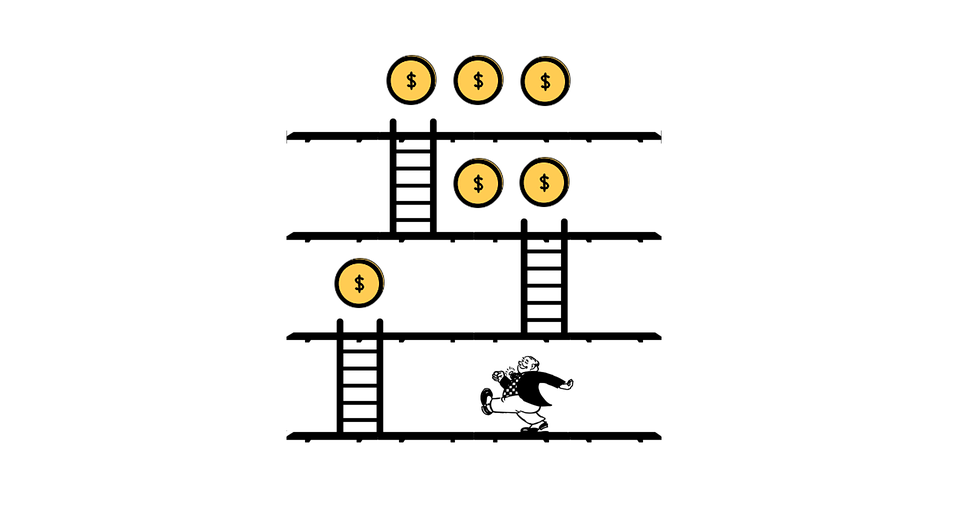 Gamification: "the process of adding games or gamelike elements to something (such as a task) so as to encourage participation."
Gamification: "the process of adding games or gamelike elements to something (such as a task) so as to encourage participation."
Basically, gamification brings game theory into the workplace to motivate employees and drive engagement.
It's all about recognition and competition. Gamification is used in a variety of ways—it may already be a part of your life. Apps like Strava and SugarWOD are examples of gamification in the fitness industry, a field that has embraced the practice. They give recognition to those using the apps and reinforce community among the users—and this can be overlaid into a work environment.
The Value of Gamification
One of the biggest values of this tool is employee engagement. As much as we love our industry, logistics can be somewhat uninspiring, but gamification puts more of the natural human competitiveness into the environment. It adds fun to the routine and motivates people with competition.
Also, gamification helps to set concrete goals for activities helping your employees see how to achieve those objectives. It offers a visibility and encourages employees to ask themselves, “How am I doing? How are my coworkers doing?” Questions like these help generate pride in your warehouses.
Engaging the Workforce with Gamification
By providing gamification in the warehouse, you can engage the workforce and create an atmosphere in which employees want to do a better job, thus improving productivity. This atmosphere, in turn, improves employee engagement and can easily lead to lower employee turnover, which is always good for the bottom line and the company’s reputation as a top-notch employer.
Secondly, gamification helps with recruitment, especially with the new generation in the workforce that is already geared to gamified processes. This gives the employer more attractiveness to younger, game-wise people who will help implement and integrate the gamification concept into your workplace. If you add all this up, you will begin to optimize the elements that impact the profit line—and labor is one of the largest line items in the warehouse budget. Improving the productivity of your employees is most definitely a cost saving measure.
Do Employees Love Gamification?
Generally, yes.
From the management perspective, gamification is one of the tools that makes assessing performance easier. You rely less on bulky analytics tools. Gamification adds visibility and transparency, and you can spot productivity issues more quickly and adjust. Plus, it adds accountability and competitiveness.
Supervisors have access to data more consistently and quickly. Now supervisors can monitor benchmarks throughout the day in a quick and easy format, and gamification helps take the data to a more granular level for each employee. What was Heather doing today? How did Mark perform? Is there a specific part of our warehousing practices that is lagging behind our benchmarks?
On the floor, employees are responsible for their productivity, and by making it fun, excitement is added to the day. Employees can see how they stack up against their peers and take pride in their efforts—both of these will fuel higher productivity.
There’s also a component to self-motivation; if you’re under-performing, you are more likely to see the supervisor. You know where you stand, and you can take ownership over improving your performance. Employees can easily report today, but with gamification, they can get accolades, have fun, and overall enjoy their work day more.
The Future of Warehouse Gamification
Because of the reasons cited above, gamification will expand and become even more successful as we move forward. It will branch into other areas of logistics beyond the warehouse, and it will easily permeate the logistics industry.
Gamification will transform how we work with each other; it won’t be an immediate switch “we are gamified,” but a shift to more of a model of recognition and performance incentives.
To Sum It All Up
Whether you are ready to implement gamification or not, it is easy to see the vast improvements it can make at a company. It is a revolutionary way to engage your workforce and improve their productivity—all of which help your bottom line.
